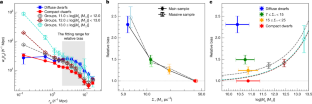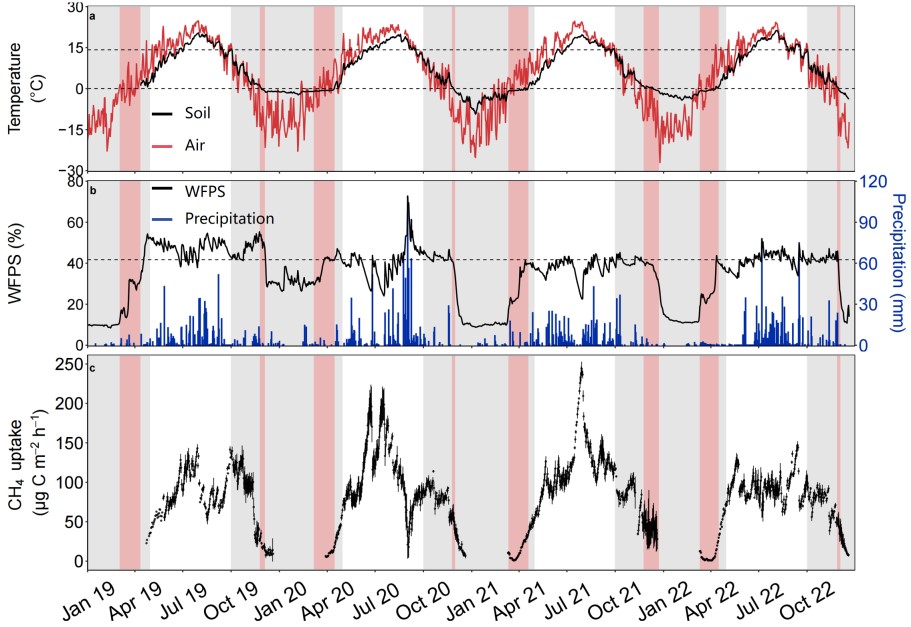2025-05-21 中国科学院 (CAS)
<関連情報>
- https://english.cas.cn/newsroom/research_news/earth/202505/t20250521_1044196.shtml
- https://www.sciencedirect.com/science/article/abs/pii/S0341816225004266?via%3Dihub
オーストラリア北部のジラウィーン・ラグーンから得られた分岐テトラエーテル脂質の証拠に基づく熱帯オーストラレーシアにおける完新世の気候変動 Holocene climate changes in tropical Australasia based on branched tetraether lipid evidence from Girraween Lagoon, northern Australia
Weiwei Sun, Enlou Zhang, Cassandra Rowe, Michael I. Bird
CATENA Available online: 9 May 2025
DOI:https://doi.org/10.1016/j.catena.2025.109124
Abstract
Understanding Holocene natural variability of the climate system is crucial for accurate evaluation of the temporal course of current anthropogenic warming and forecasting future climate trends. However, the patterns and mechanisms of Holocene climate variability in tropical Australasia remain highly controversial, partly due to proxy uncertainties and methodological limitations. In this study, we analyze distributions of branched glycerol dialkyl glycerol tetraethers (brGDGTs) in the sediments of Girraween Lagoon from northern Australia to investigate the temperature and hydroclimate changes spanning the past 10.4 ± 0.1 kyr. Our reconstructed Holocene mean annual air temperature using the tropical lake-specific brGDGT calibration displays a long-term warming trend with amplitude of 2 °C. This overall warming pattern is generally consistent with other brGDGT-based terrestrial temperatures, alkenone-derived sea surface temperatures from the tropical Australasia and model simulations, but not with those inferred from planktonic foraminiferal Mg/Ca paleothermometers. The reconstructed pH values suggest a significant acidification process in Girraween Lagoon during the Holocene, which mainly results from a reduction in the input of alkaline waters from the underlying carbonate sinkhole regulated by hydroclimate change in northern Australia, but also an enhancement of acid production from sedimentary organic matter. Combined with other proxy records, we suggest that changes in the El Niño-Southern Oscillation have played an important role in the transition from a cool and wet to a warmer and seasonal drier climate in tropical Australasia over the Holocene. The dual reconstruction of temperature and pH provides a holistic perspective on the possible forcing mechanisms of Holocene hydroclimate in tropical Australasia.




